POINTS YOU SHOULD KNOW ABOUT DIGITAL FARMING
Digital tools and data are not only helping us deploy our resources efficiently and sustainably, they are also enabling farmers to get the most out of their fields while using less land and fewer inputs, all amid changing climate conditions. Digital farming is enabling individual solutions tailored to each farm’s needs.
New digital technologies are helping drive efficiencies on the farm. Images from satellites and drones provide vital information on the health of plants in the field.
By applying data science and advanced modeling to these numerous data sets – as well as feeding the models with publicly available data such as weather information – farmers are gaining access to actionable insights and recommendations and the ability to quickly tailor their decisions throughout the crop season. Powered by data science, the farmer knows exactly where and at what rate a seed product or active ingredient should be applied.
There are some basic conditions that must exist for the use of digital technologies and therefore for digital transformation of the agriculture and food sector. These include: infrastructure and connectivity ,affordability, educational attainment and institutional support. Access to digital technology can offer significant advantages to smallholder farmers and other rural business by providing links to suppliers and information and allowing users to tap into workforce talent, build strategic partnership, access support services such as training, finance and legal services and, critically, reach markets and customers.
POLICIES AND PROGRAMMES
Policies and programmes for enabling digital agriculture In many countries, government policies and frameworks are one of the driving forces behind digitalization. These create an enabling environment for competitive digital markets and e-services.
Agricultural robots (agrobots) are a key trend that deeply influence agriculture in the future. They are being deployed to help farmers measure, map and optimize water and irrigation use.
Variable Rate Technologies (VRT) and drones (UAV) can also reduce water and pesticide use and reduce labour and resource costs;
AI technology is transforming the agricultural sector to a great extent, as farmers can depend on the data that satellite or UAV record to determine the state of the farm rather than walking all the distance. AI can improve resource use, support early decision making through predictive models and maintain 24/7 monitoring systems;
CHALLENGES
Access to the internet remains the most critical component for unlocking the possibilities of new technologies. Across the globe, smartphones dominate in terms of time spent online and could be a game changer in the agrifood sector. They create opportunities to access information and services through mobile applications, online videos and social media. Sites like Facebook, Twitter and YouTube present a cost-effective means of communication with, and among, smallholder farmers and other key agricultural stakeholders such as extension officers, agro-dealers, retailers, agricultural researchers and policy makers
Additionally, not all farmers are quick to adopt ICT. Many lack the necessary knowledge to request or use services, especially as ICT applications in the agrifood sector are relatively new and many e-services are still being developed. It is critical that technologies are properly targeted; if they do not provide the information that farmers need, they will not be adopted. Digital skills and e-literacy remain a significant constraint to the use of new technologies and are particularly lacking in rural areas, especially in developing countries. Digital technology is already changing the dynamics of the agrifood sector but the process has so far not been systematic. Realising the full potential of digital farming will require collaboration of all players in the agricultural value chain
Farmers have a key role to play and digital technologies provide new opportunities for them to collaborate and innovate. There is also a growing group in the farming sector who have university degrees and specialisations in science and technology subjects. They are often skilled in experimentation and innovative thinking. Youth in the agrifood sector are also often entrepreneurial and willing to take calculated risks to pursue new enterprises.
Read More
 |
स्वराज के टॉप 12 ट्रैक्टर मॉडल, 2021 |
.jpg?
profile=blogslider&text.0.text=TractorGyan.com) |
महिंद्रा के टॉप 12 ट्रैक्टर 2021 |
 |
भारत के 10 सबसे बेहतरीन ट्रैक्टर |
कैटेगरी
इसके बारे में अपनी टिप्पणी लिखें POINTS YOU SHOULD KNOW ABOUT DIGITAL FARMING
.webp&w=1920&q=75)
ट्रैक्टर और कृषि से जुड़े सबसे अधिक खोजे जाने वाले ब्लॉग्स
18 Dec 2025
18 Dec 2025
29 Jul 2025
08 Sep 2025
03 Jul 2025
30 Jul 2025
30 Jul 2025
30 Jul 2025
29 Jul 2025
30 Jul 2025
26 Dec 2025
31 Jul 2025
18 Dec 2025
26 Dec 2025











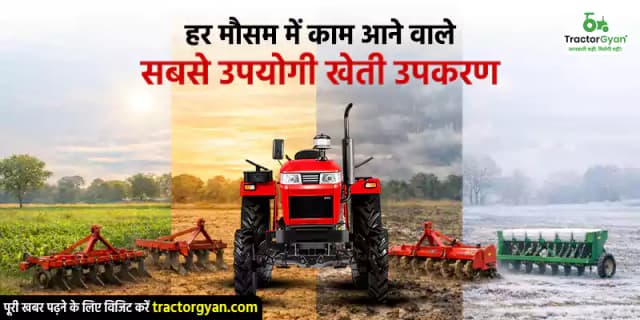
.webp&w=2048&q=75)
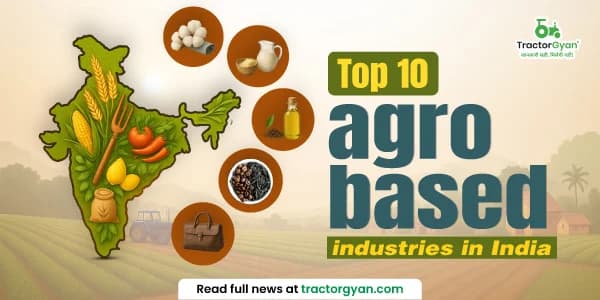
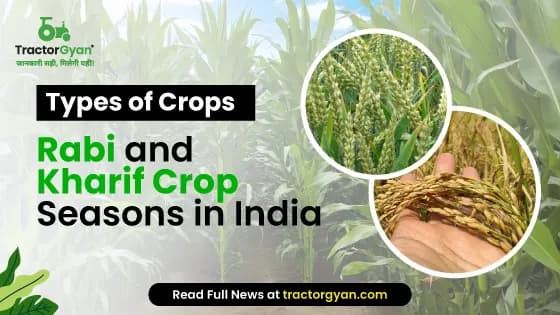
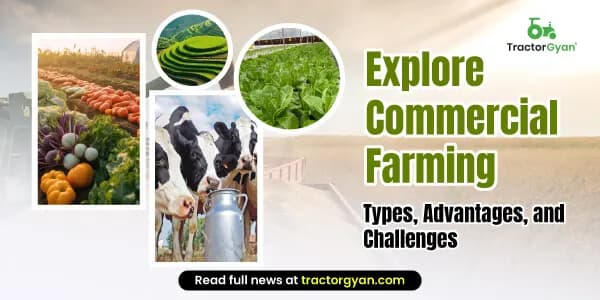
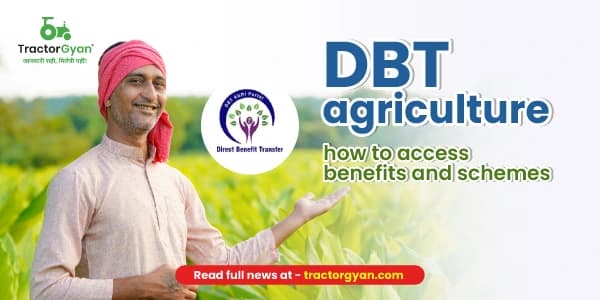
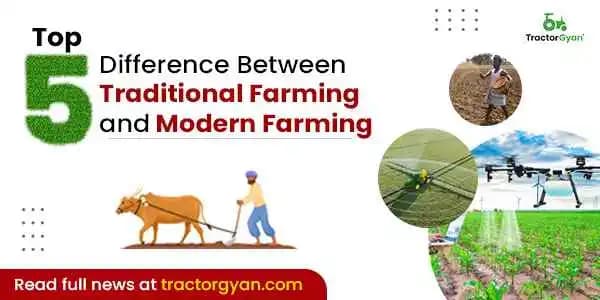
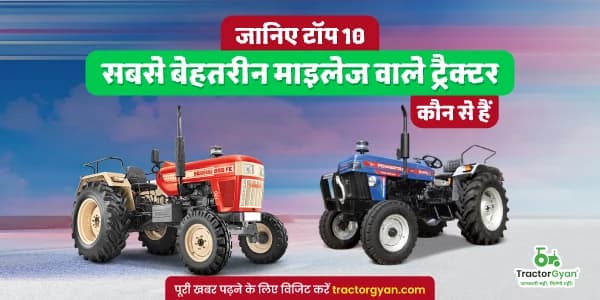
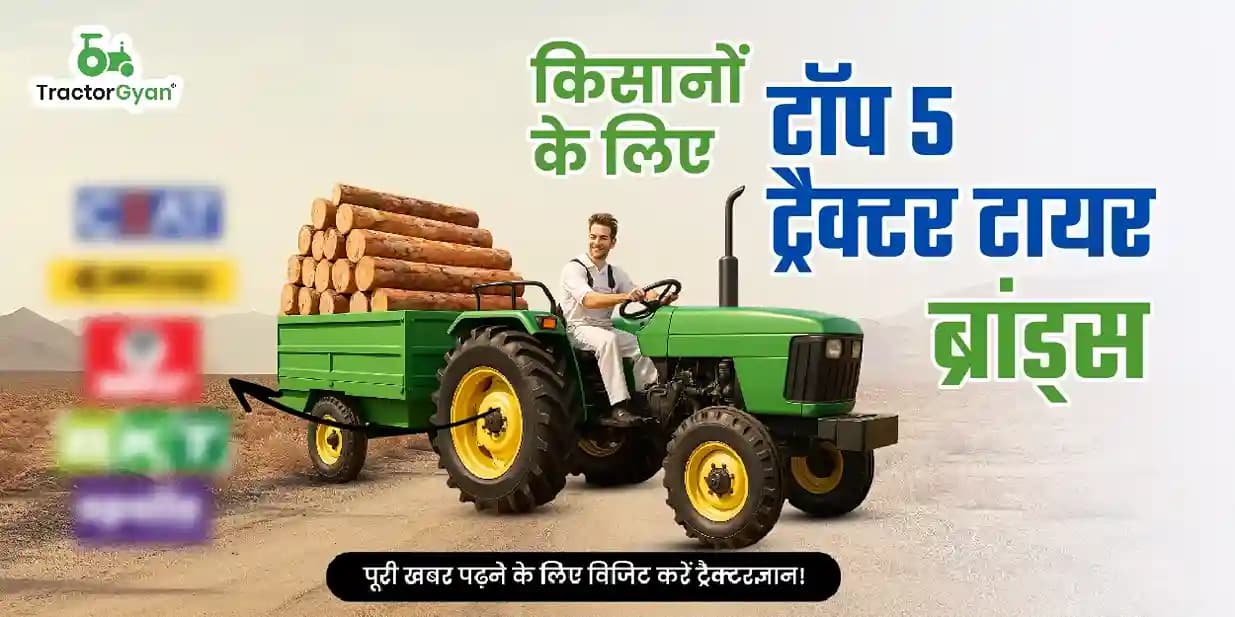

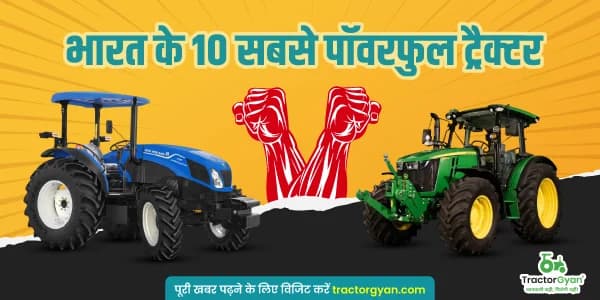
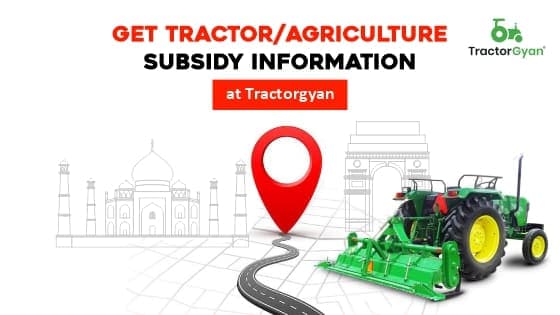
.webp&w=2048&q=75)
.webp&w=2048&q=75)
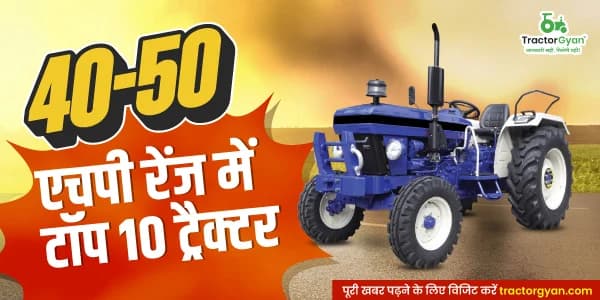






.webp&w=640&q=75)



















